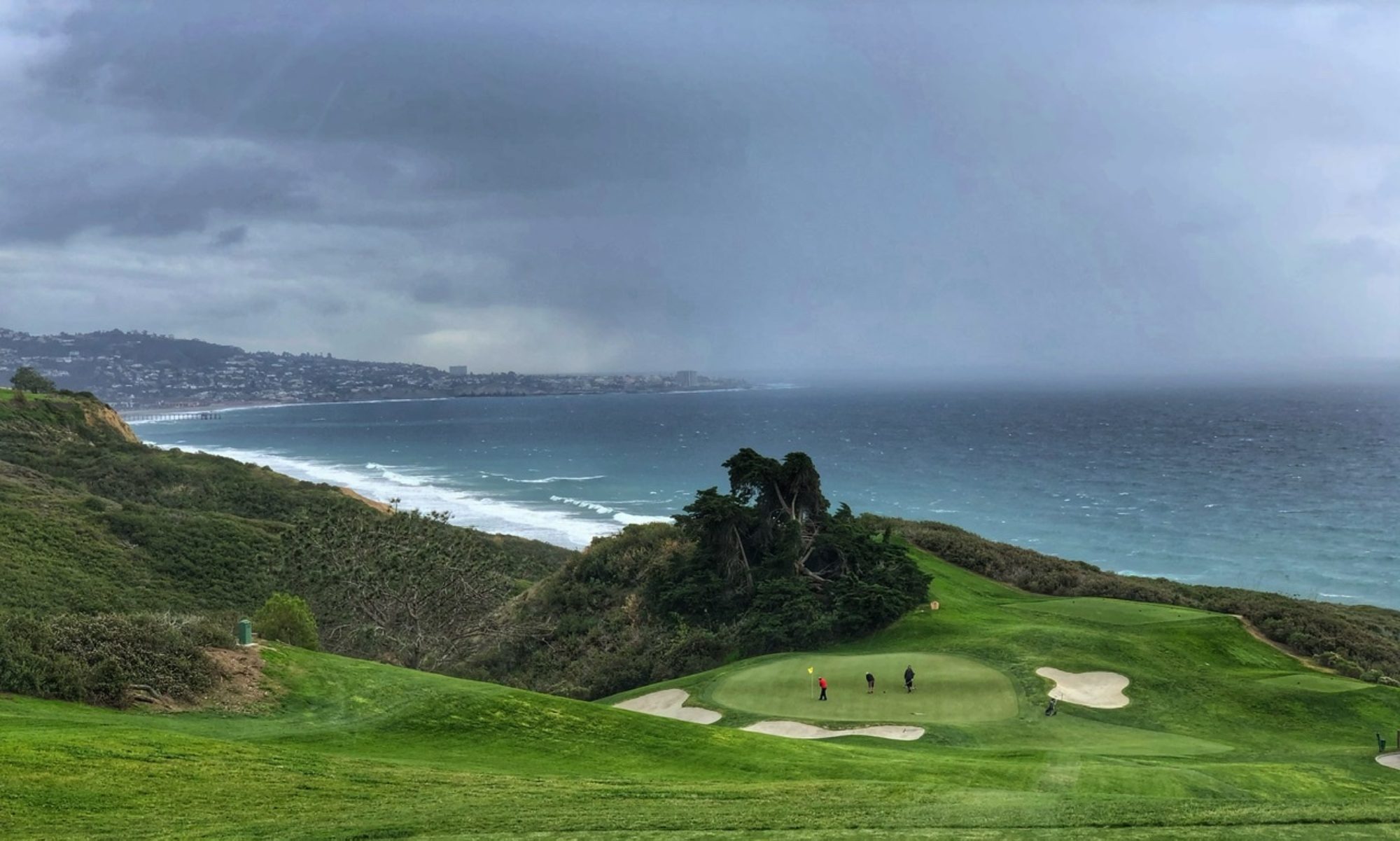As new grandparents, we await the wondrous moments of human development to flow into our much loved grandson. It has also awakened our curiosity of what lies ahead during his lifetime after we are a forgotten footnote of family lore. Sensing our own sense of evanescence, my wife and I embarked on the worldwide pursuit of genealogy. Who are our ancestors? What were their struggles? What can we learn about the past that we can pass on to the future members of our family?
I strolled through the American Museum of Natural History and came across the hominid tree. Australopithecus, Homo erectus, and Homo sapiens were primitive versions of modern man but broadly complex and contained too many branch points to fully understand and impossible, of course, to trace back to our grandson. Lessons of life on the Serengeti may not be helpful in our grandson’s future. Consequently, I narrowed the scope by 250,000 years by downloading MacFamily Tree 2019 and joining ancestry.com.
Standing on the shoulders of prior family tree creators, I embarked on tracing my wife’s ancestors. A few clicks and I was back eight generations and landed in the 17th century in Scotland and Ireland. Her tree was historically stocked with five Revolutionary War heroes, an indispensable aide-de-camp of George Washington, and our 11th President, James Knox Polk.
Documenting my dearly departed Ashkenazi Jewish brethren proved a more difficult challenge. I summoned wisps of memory from late relatives recalling a “Civil War soldier,” an “uncle with a battle injury,” and a “Wall Street merchant.” The documents were sparse to non-existent until I summoned the meager Eastern European geography clues left in the U.S. census forms of my ancestors. One patriarch listed his origin as Poland Russia and emigrated to New York in 1865, returned to his native land and then returned again to the US in 1875 with a wife 30 years his junior. What were the circumstances that prompted this circuitous path? What made him leave the US so quickly after his perilous journey? Unlike my wife’s clearly documented centuries of ancestor life, including details of her Presidential cousin’s kidney stones in 1812, my great grandfather’s trail turned cold. Serendipitously, he showed up in a Civil War Archive as a private in the 41st Regiment in 1865. As a replacement soldier, he received $300 so that the wealthy could be spared the injury and death that the war bestowed upon its participants. His regiment consisted of European foreigners regaled in the New York press due to their “extensive experience” in wars fought in Eastern Europe. Their return to New York City in 1865, after 70% of the regiment had perished, was snubbed by the mayor who sent a city councilman to attend the ceremony. I could understand his return to his native land and family after these events. But WHY did he return ten years later? History of Russian Poland filled in the explanation. Poland ceased to exist in 1795 and was carved up by the imperial powers of Russia, The Habsburg Monarchy (Austria) and Prussia. Numerous national uprisings against the occupying powers occurred in the 19th century. Russia was particularly brutal in suppressing the uprisings and singling out ethnic groups, especially Jews for punishment. The Pale of Settlement, enacted by Catherine the Great in 1791 and enforced by subsequent Tsars, prevented Jews from migrating eastward to Russia and limited Jewish involvement in public life. Jews were forced to serve in Russian military service for 20 years and their children were coerced to participate in exchange programs with other ethnic families so that Jewish children could be “Russified” and their Jewish heritage could be suppressed. With the assassination of the Tsar Alexander II in 1881, widespread pogroms that indiscriminately killed Jews were encouraged by the government. Fascism, while not invented in Eastern Europe, thrived in the urban and rural areas. This singled out the Jewish minority for the ills of society and excluded them from national life. Out of this maelstrom of terror and unrest came Jewish charity and unified cooperation amongst communities for survival and ultimately migration Westward.
With this background, my great-grandfather permanently emigrated to New York City. His children took jobs as clerks, shop girls, “fancy goods” peddlers and paper cutters. One young relative was employed as a “lemon squeezer” in presumptively a bar. The family took in boarders to put food on the table. My great-grandmother, known to me when I was 8 and in the throes of advanced dementia, had many years earlier extricated herself from poverty and became a nurse-midwife. Sacrifice for the family was evident when sifting through the detailed census information at the turn of the 20th century. Military records recorded service in the first and second World Wars with distinguished service and injuries incurred in battle.
Our hominid ancestors gave us upright walking, tools and reasoning. As my genealogy tree branched and diverted to other spurs, it became apparent that the accomplishments of my generation and my descendants had only been possible by the sacrifices and tribulations endured by my family. Gratitude, respect and knowing the inter-connectedness of the human condition is the take home lesson to pass on to my new grandson who begins his story before our very eyes.

